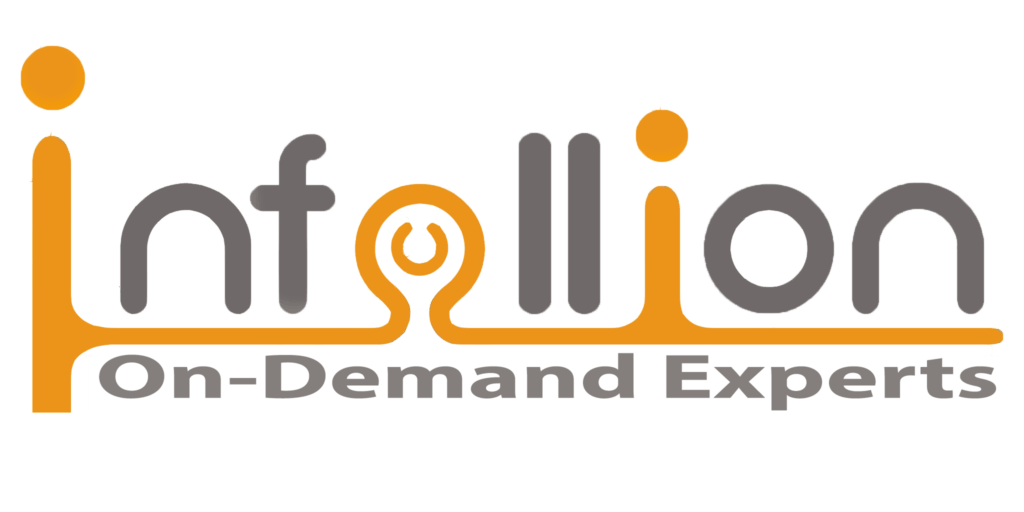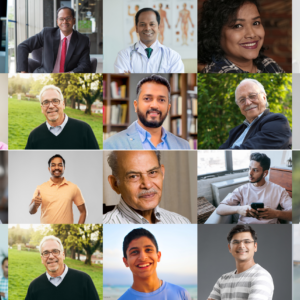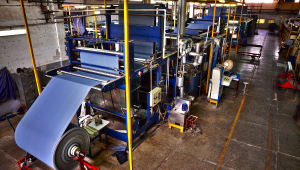Program Overview
This expert-led program helps supply chain, sourcing, and sustainability leaders in the textile sector move from intent to impact in their sustainability efforts. Participants will explore the difference between linear, green, and circular supply chains, learn how to identify environmental hotspots, and review case studies from global brands and Indian exporters. Through tools like hotspot mapping, prioritization grids, and maturity scorecards, they will develop practical strategies to reduce waste, improve traceability, and align with circular economy principles, culminating in a hands-on simulation to design a greener supply chain tailored to their business context.
Features
- Understand green and circular supply chain principles within textile manufacturing
- Identify critical environmental and value leakage points in your supply chain
- Learn from global and Indian case studies that successfully applied circularity
- Develop a measurable and impact-driven sustainability initiative for your business
Target audiences
- Sustainability / ESG Officers
- CSR & Vendor Development Teams
- Quality & Compliance Teams
- Sourcing & Supply Chain Professionals
Curriculum
- 4 Sections
- 13 Lessons
- 1 Day
Expand all sectionsCollapse all sections
- Green Supply Chains & Circular Economy — What They Really Mean5
- 1.1Green vs. traditional supply chains: from cost focus to footprint + value focus
- 1.2Circular economy principles: design out waste, keep materials in use, regenerate natural systems
- 1.3Supply chain touchpoints for circularity: raw material, production, distribution, end-of-life
- 1.4LCA (Life Cycle Assessment), Cradle-to-Cradle, Closed Loop, Scope 3, Zero Waste, ZDHC, CBAM, BRSR
- 1.5Example: A mill shifting from linear supply to closed-loop dyehouse
- Where Textile Supply Chains Fail on Sustainability3
- 2.1Pain points: Water, energy, chemical intensity Fabric/trim waste, overproduction, deadstock Low traceability → high Scope 3 risk End-of-life garments → landfill overflow
- 2.2Activity: Map supply chain’s key environmental hotspots
- 2.3Case: Indian exporter struggling with water compliance despite green certifications
- Global & Indian Circular Supply Chain Playbooks3
- 3.1Global models: Levi’s water<less™ finishing + takeback programs H&M’s circular design + recycling trials IKEA’s sustainable cotton supply chain
- 3.2India context: Domestic brands using upcycled deadstock Exporters integrating ZLD (zero liquid discharge), solar, waste heat recovery
- 3.3Simulation: Meet a global buyer’s circular supply chain requirements within 12 months. Identify supply chain gaps; Build a 3-pillar green supply chain plan
- From Green Intentions to Action2









